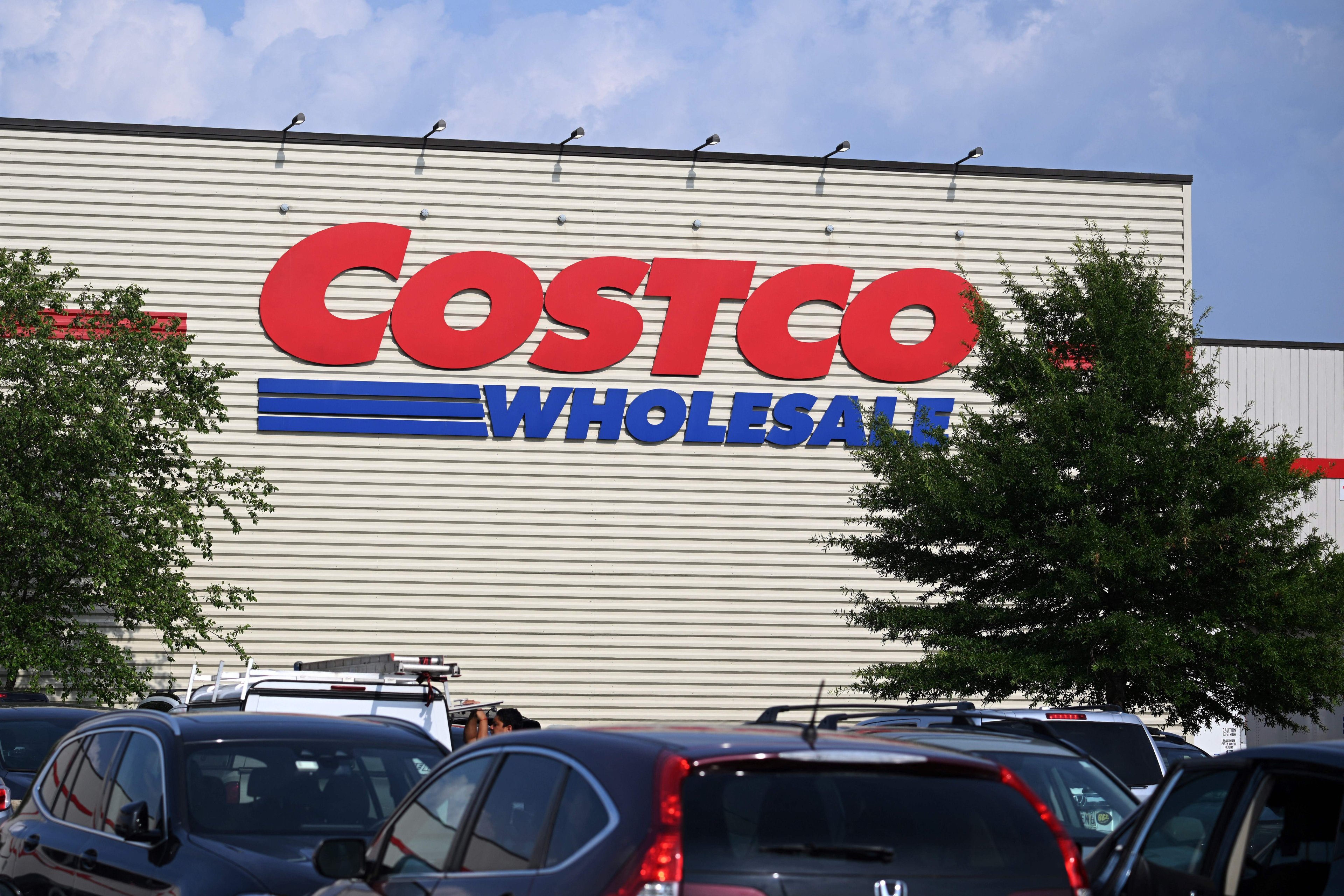2017 has been a rocky year for Costco Wholesale (COST +1.15%). The warehouse retailer proved vulnerable to some of the same headwinds that have hit its peers in the big-box retail sector. Some saw efforts to take greater advantage of its positive network effect by raising membership fees as a good way to try to jump-start earnings growth, but others feared that trends favoring e-commerce specialists over brick-and-mortar companies might weigh on Costco going forward.
Coming into Thursday's fiscal fourth-quarter financial report, Costco investors had high hopes that it could continue positive momentum from the previous quarter and find ways to move forward strategically. Costco's final numbers were better than most had expected, yet shareholders didn't seem entirely convinced that things were all good for the warehouse retailer. Let's look more closely at Costco Wholesale and how it did to finish its fiscal year.

Image source: Costco Wholesale.
Costco boosts sales, profit
Costco's fiscal fourth-quarter report was positive on most fronts. Total revenue was higher by 16%, to $42.3 billion, and that was even better than the consensus forecast among those following the stock for roughly 14% growth. Net income was higher by 18%, coming in at $919 million. The resulting earnings of $2.08 per share topped investors' expectations for $2.02 per share on the bottom line.
Costco's comparable-sales figures always get a lot of attention, and they were relatively strong across the board. For the quarter, overall comps rose more than 6%, with a 6.5% rise in the U.S. market leading the way. Internationally, results were slightly weaker, with 4.9% comps growth in Canada and a 5.6% higher showing in the other international category. In contrast to what we saw throughout much of the past year, gasoline prices and foreign-exchange effects combined to improve results, but even taking out those impacts, systemwide comps growth of 5.7% was still solid.
Membership-fee growth picked up dramatically, contributing substantially to the overall increase in sales and profits. The amount that Costco collected from members jumped 13%, to $943 million. Although some of that came as a result of there being an extra week in the period compared to the year-ago quarter, much of the increase came from the June 1 bump higher in the membership-fee structure.
Costco did ramp up its store-expansion efforts during the period. The company raised its number of locations by nine, to 741, with four new stores in the U.S., two in Canada, and one each in Japan, Australia, and France.
What's next for Costco?
One key area that Costco will have to keep emphasizing is its e-commerce channel. Even though many members shop Costco specifically to gain access to its warehouse locations, the retailer also has an extensive internet-based website that caters to shoppers who prefer a remote experience. With the holiday season coming up, Costco will start to see even more demand come through the e-commerce channel, and the company knows how important it is to treat that distribution method well. Comparable-sales gains on the e-commerce side came in at 21% for the quarter, and Costco finished the full fiscal year with 13% growth in comps on the e-commerce side.
Yet some investors might remain concerned about competitive pressures. Costco gets a substantial amount of its revenue from grocery sales, and the need for perishable items pulls Costco customers into its stores week after week. Yet strong competition in the grocery space, both from traditional grocers and from the budding e-commerce side of the business, threatens to squeeze Costco. The warehouse giant's response is that it can still compete well on price, but investors should still watch closely to make sure that competitive advantage is enough to keep sales and profits moving in the right direction.
Investors seemed uncertain about how to take Costco's report, and the stock fell around 1% to 2% in after-hours trading immediately following the announcement. Until the situation in the retail industry starts to get clearer, Costco will likely see the same pressures that its brick-and-mortar peers are experiencing to address how to deal with e-commerce giants effectively.






